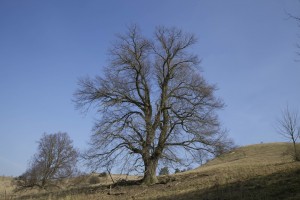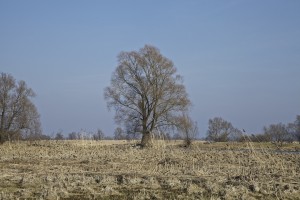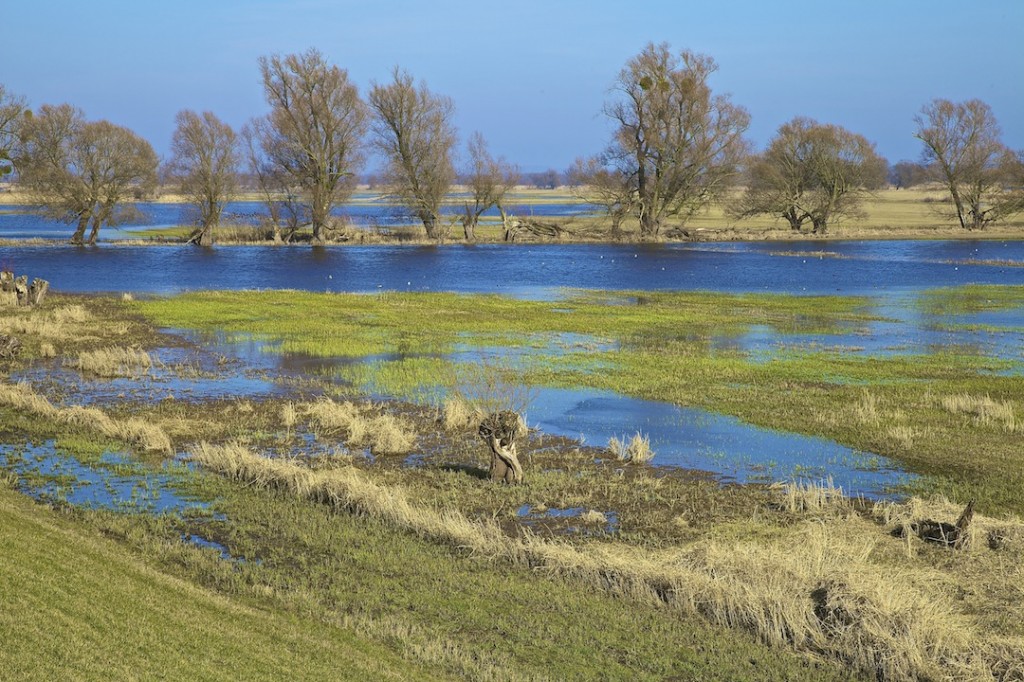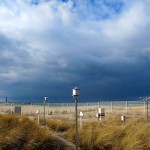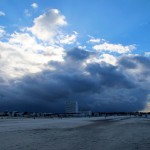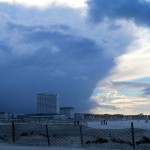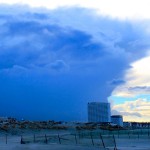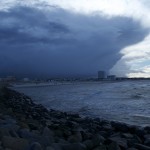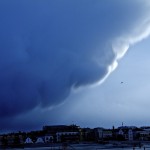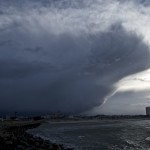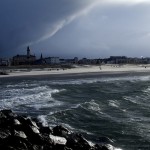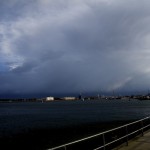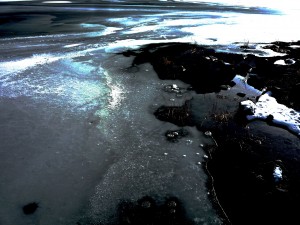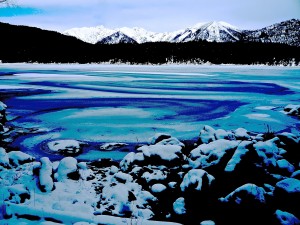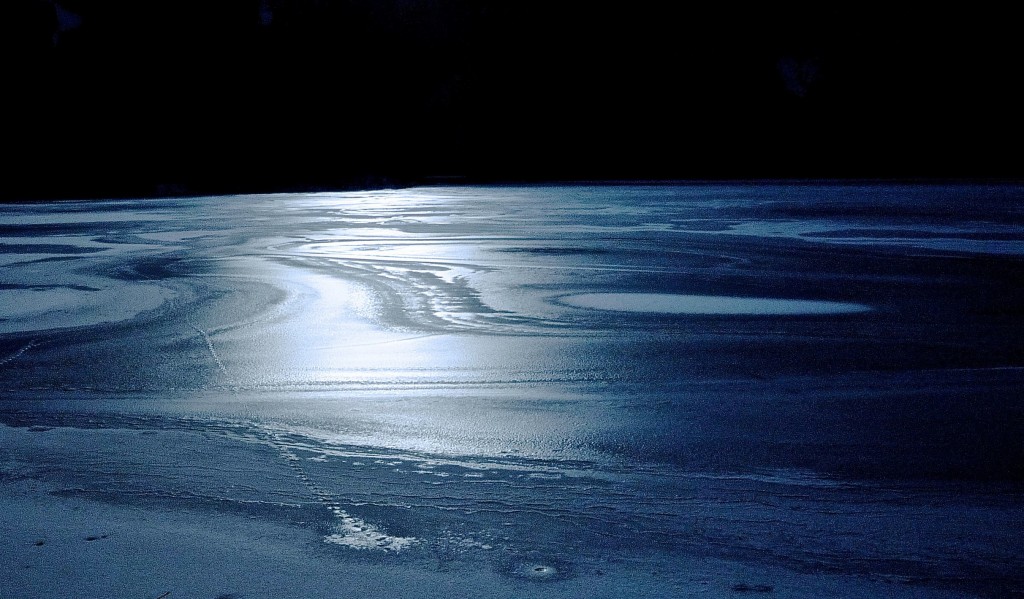Untere Oder National Park: The Wilderness in Berlin’s Backyard
March 9, 2014 was a warm day in Germany and a good time to visit the National Park near the border between Germany and Poland. The two countries are divided by the river Oder, which marks today Germany’s North-East Border. The region is vastly a nature reserve today on both sides. Even it has been cultivated by humans for a long time this region in Berlin’s backyard is a reminder of the everlasting struggle between man and nature. Again and again floods destroyed what humans had built and changed the landscape constantly. It’s also for plants and animals a constant struggle for survival. Only the strongest trees can withstand the enormous power of the water. The climate is more extreme as in other parts of Middle-Europe: there are extreme cold winters and ice on the river can lead also to dangerous situations and massive destructions. The little hills on the German side of the river are perhaps some of the most dry spots in the whole country.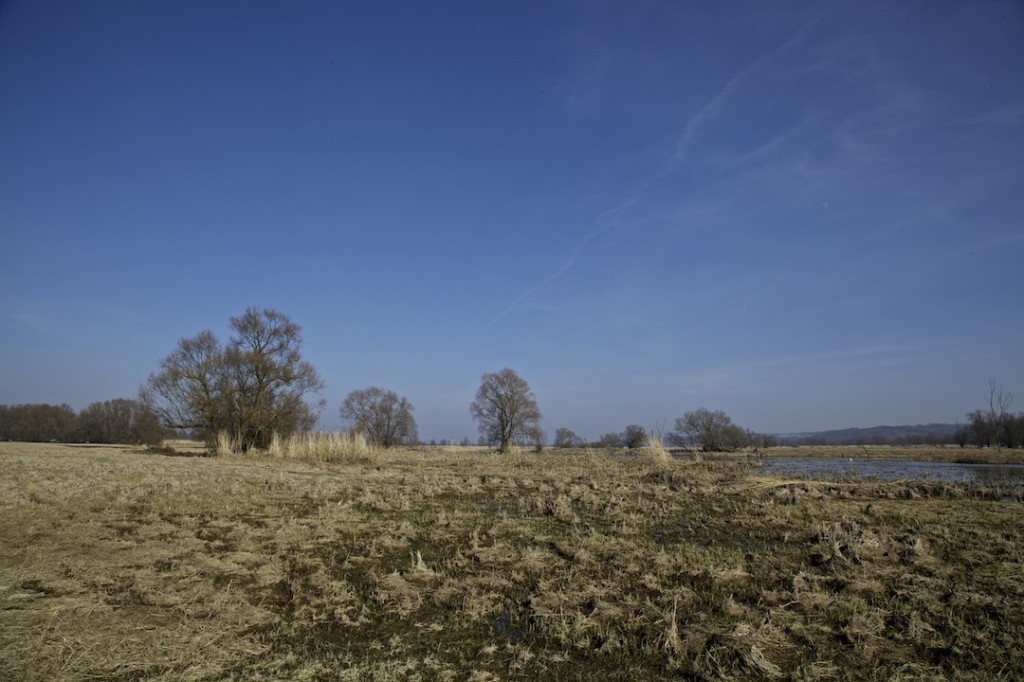
The days at the end of winter before the landscape turns into a friendly green might lead to an impression of desolation in areas like this. The cold light of the season – early March – adds to that effect. However it is possible to see more as in summer – the trees bear the scars of the winter and the storms which passed through the region. The meadows are still under water or we can see the traces of the last flood. Thus a visit in nature reserves like this one can be an interesting experience at any time.
Due to the mild winter migration birds arrived early in the North. In the Oder National Park big flocks of goose can now be seen among other animals who returned for the summer.
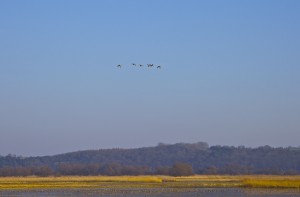
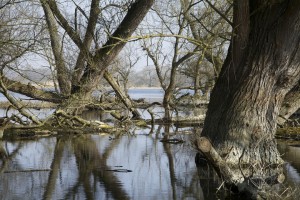
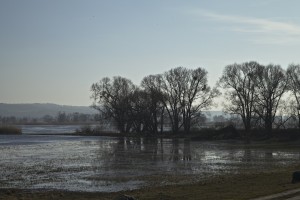
The picture below are impressions from the meadows and forest surrounding the river valley: the remains of a fallen tree looks like some bizarre creature; the huge tree stands like a lone warrior on one of these very dry meadows on the hills and the big trees spread around in the river bed create the unique character of the nature reserve “Untere Oder”
The National Park is close to the cities of Angermünde and Schwedt in The Uckermark region. An excellent information centre in the village Criewen, which is also a perfect starting point for excursions into the nature reserve, provides very useful information and is often frequented by school classes.

